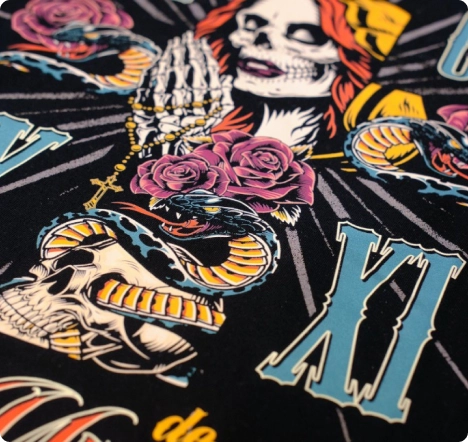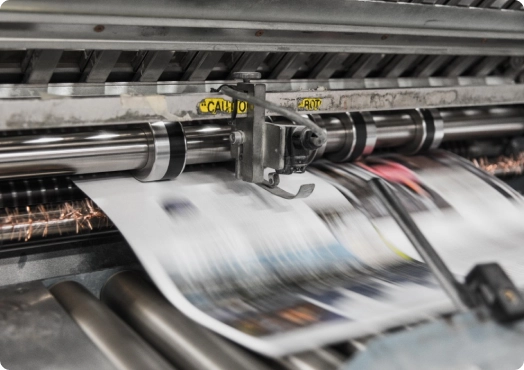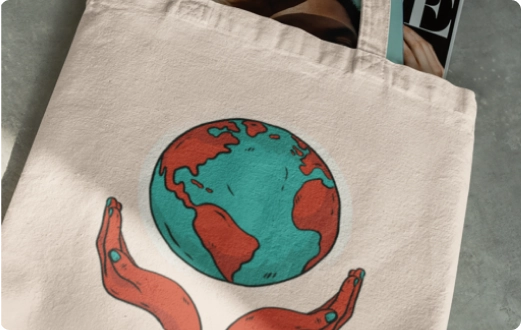Please consider DTF and DTG printing's advantages, differences, and suitability for products and designs as both methods offer exciting benefits. You can always experiment with both techniques on different products to stand out and unleash creativity. Awkward Styles provides top-notch services for both methods to deliver captivating products to your customers. if you're looking to print simple designs in larger quantities and want to save costs, DTF might be a good option. On the other hand, if you need to print detailed, complex, or multicolored designs in smaller quantities, DTG is likely the better choice.
- DTF Single Sheets
- DTF Gang Sheets - Direct to Film
- Active Sport Transfers
- Puff Screen Printed Transfers
- Glow Transfers
- Premium Transfers
- Neck Label Transfers
- Silicone Transfers
- Full Color Soft Transfers
- Full Color Stretch Transfers
- Full Color Blocker Transfers
- Full Color Glitter Transfers
- Transfer Sample Pack
How It Works
Learn how it works in seconds
Help Center
Find answers instantly in our Help Center
Blog
Stay informed with our latest blogs
Print On Demand
Sell custom prints instantly, no upfront costs, direct to customers.
Print On Demand Courses
Learn the ins and outs of on-demand printing
Direct to Film DTF Printing
High-quality printing directly onto film











